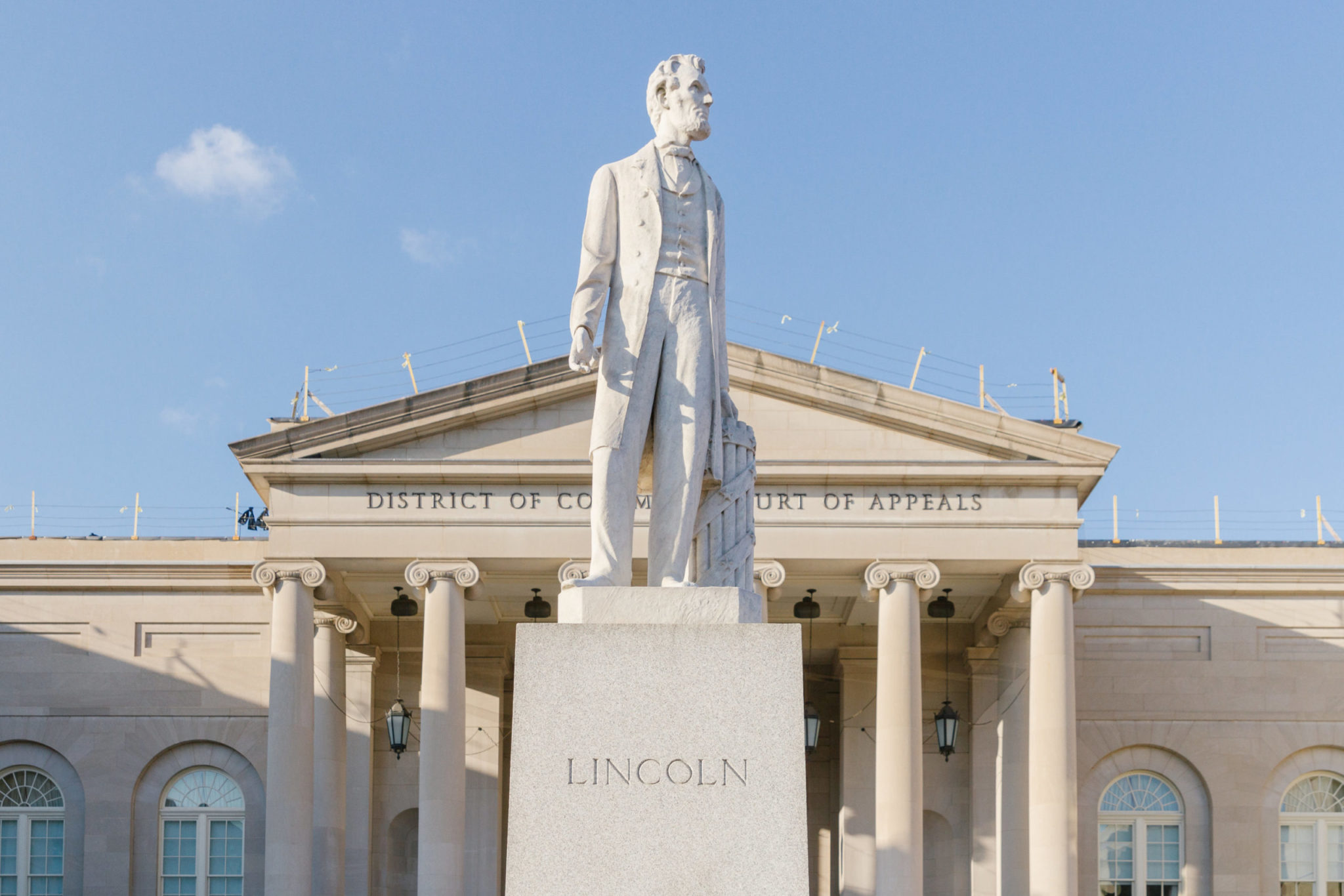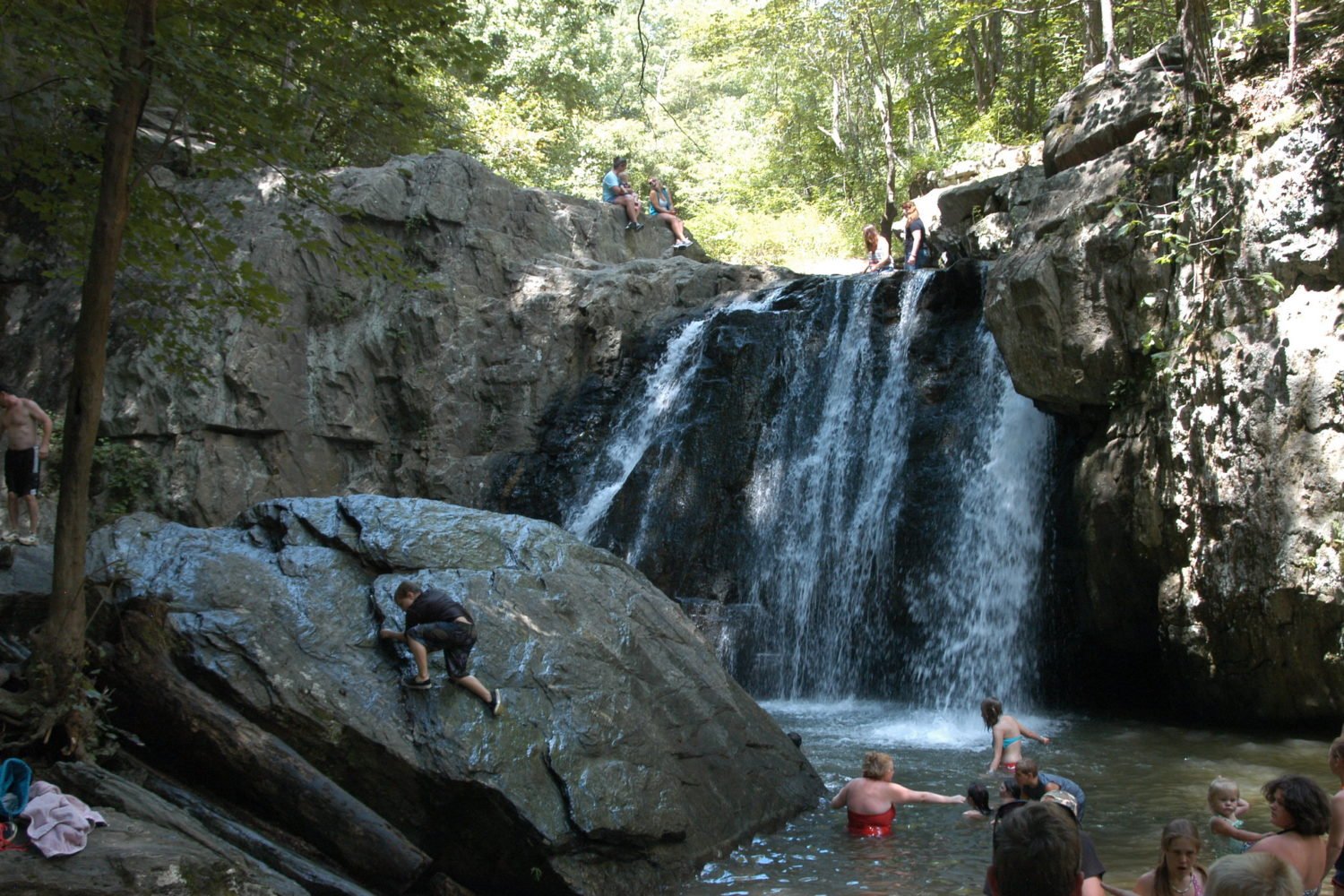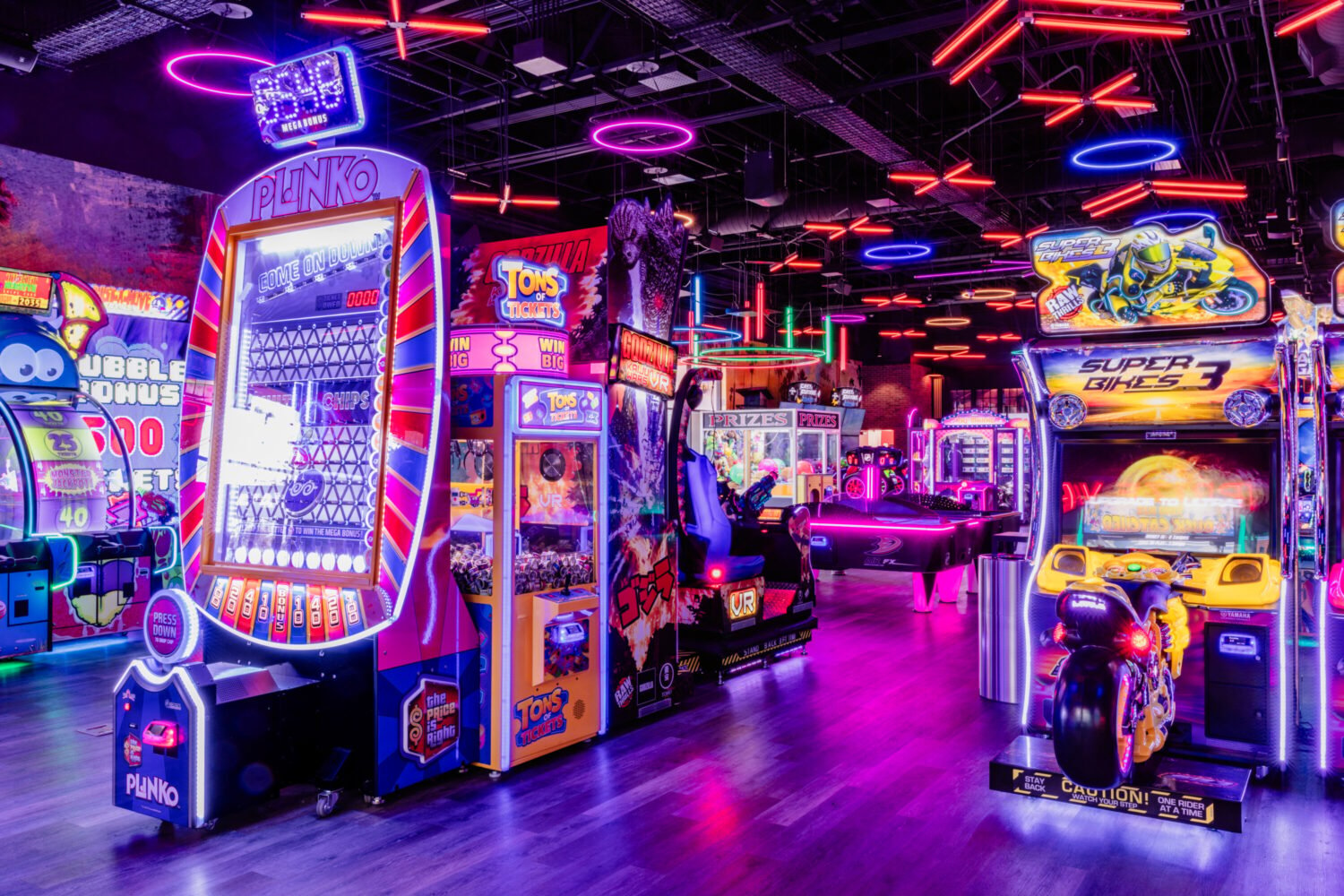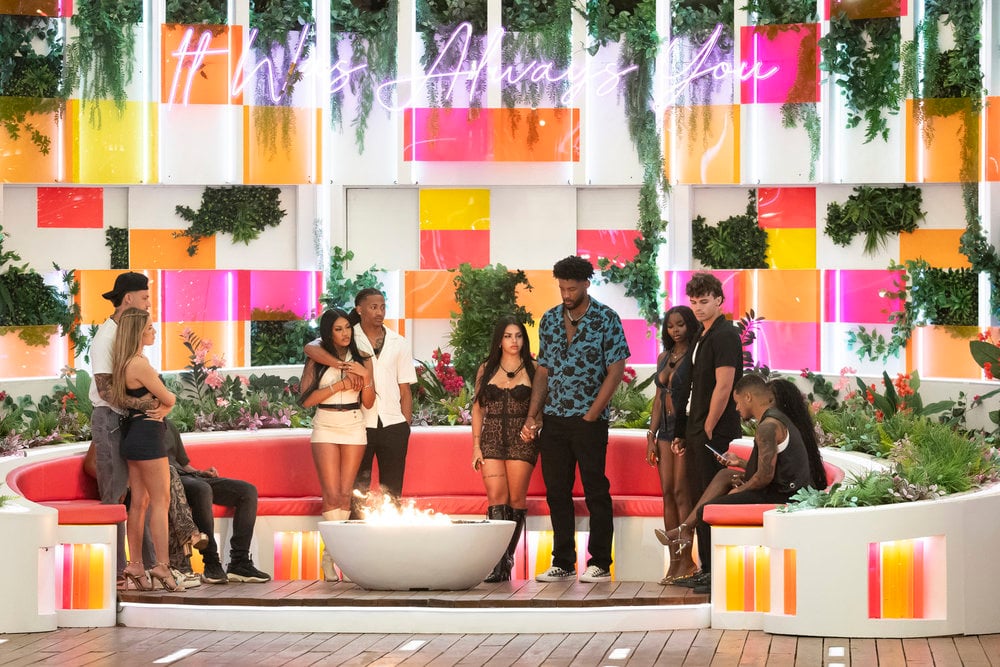DC Cycling Concierge owner Jeff Miller leads bike tours that often reveal the city’s lesser-known sights. We asked him for some of his favorite hidden gems—they’re the first six items on the list below—plus added some of our own favorites.
1. The “Original” Lincoln Memorial
The Lincoln Memorial was dedicated 57 years after he was assassinated, but this marble statue of the 16th President went up just three years after his death, outside what’s now the DC Court of Appeals. “The sculptor, Lot Flannery, was at Ford’s Theatre the night Lincoln was shot,” Miller says. Indiana Ave., NW, between Fourth and Fifth Sts.
2. Bartholdi Fountain
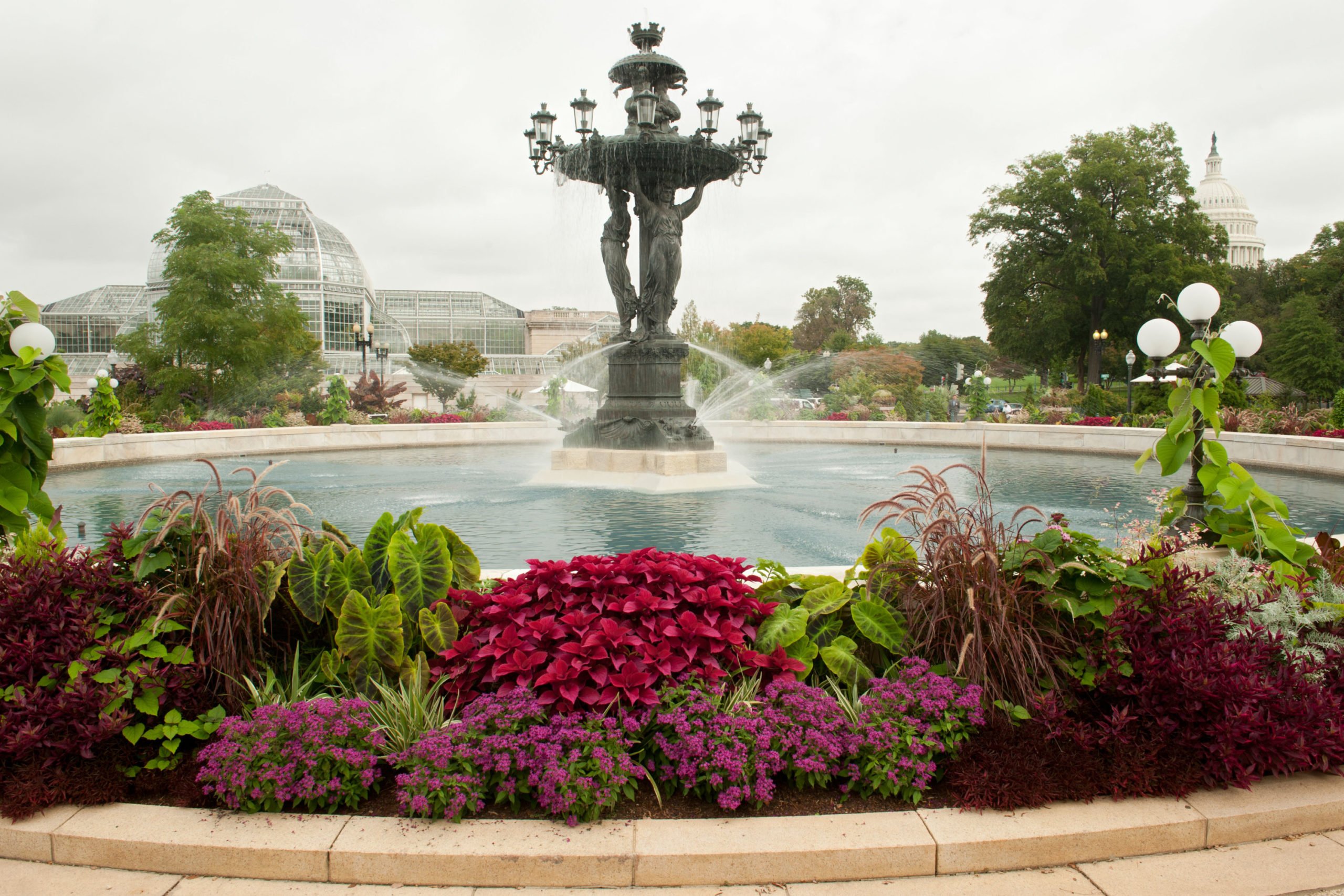
This cast-iron fountain in the Botanic Gardens was designed by Frédéric Auguste Bartholdi, who went on to conceive the Statue of Liberty. “It’s so dramatic and over the top,” Miller says. “At night, it’s just stunning, having the fountain lit up and the Capitol dome lit behind it.” Independence Ave. and First St., SW.
May be closed due to Covid-19
3. John Ericsson Memorial
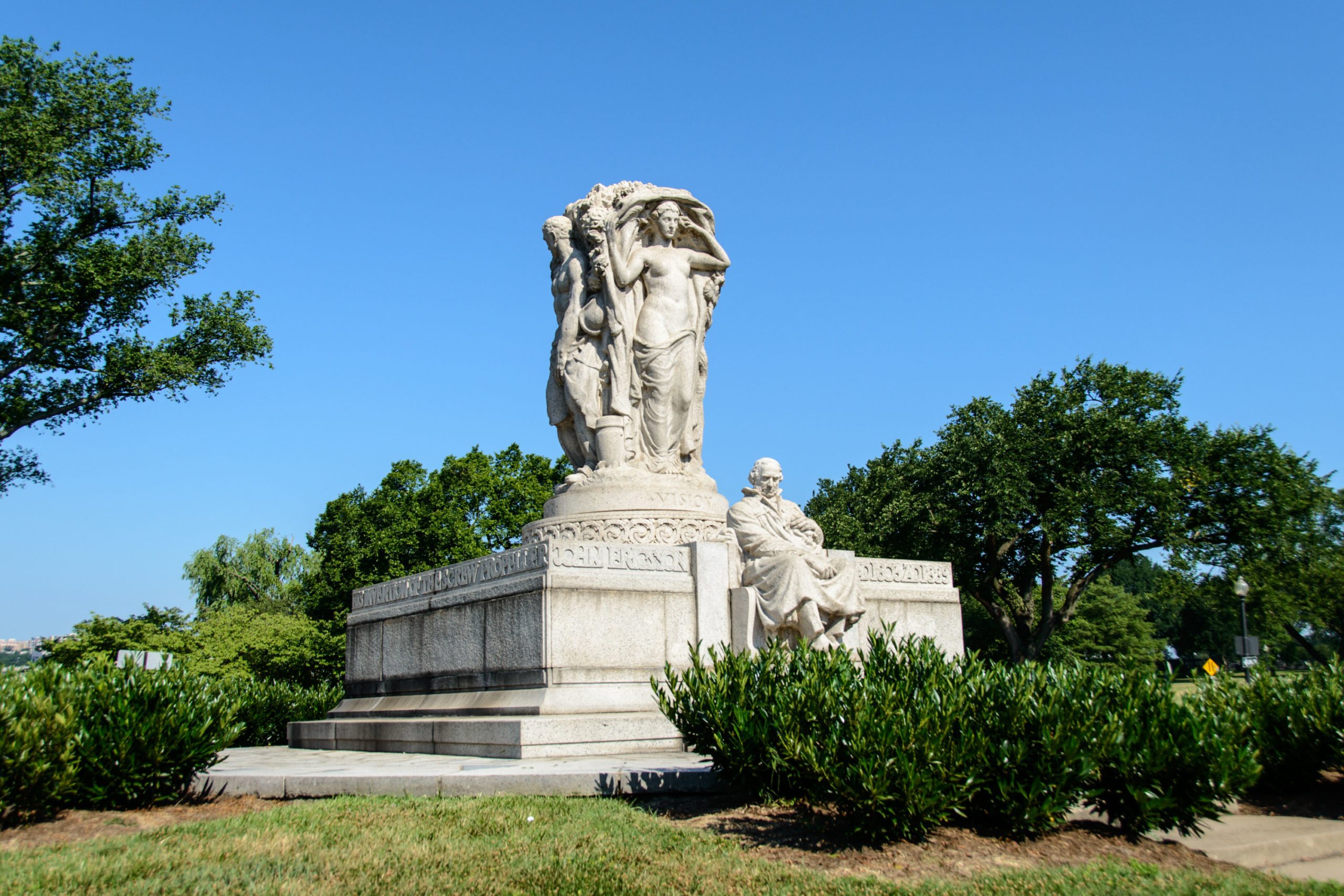
Ericsson, a little-known Swedish-immigrant engineer, invented the screw propeller and ironside boat with a rotating cannon turret—which Miller says helped the Union win the Civil War. Ohio Dr. and Independence Ave., SW.
4. Kilroy Was Here
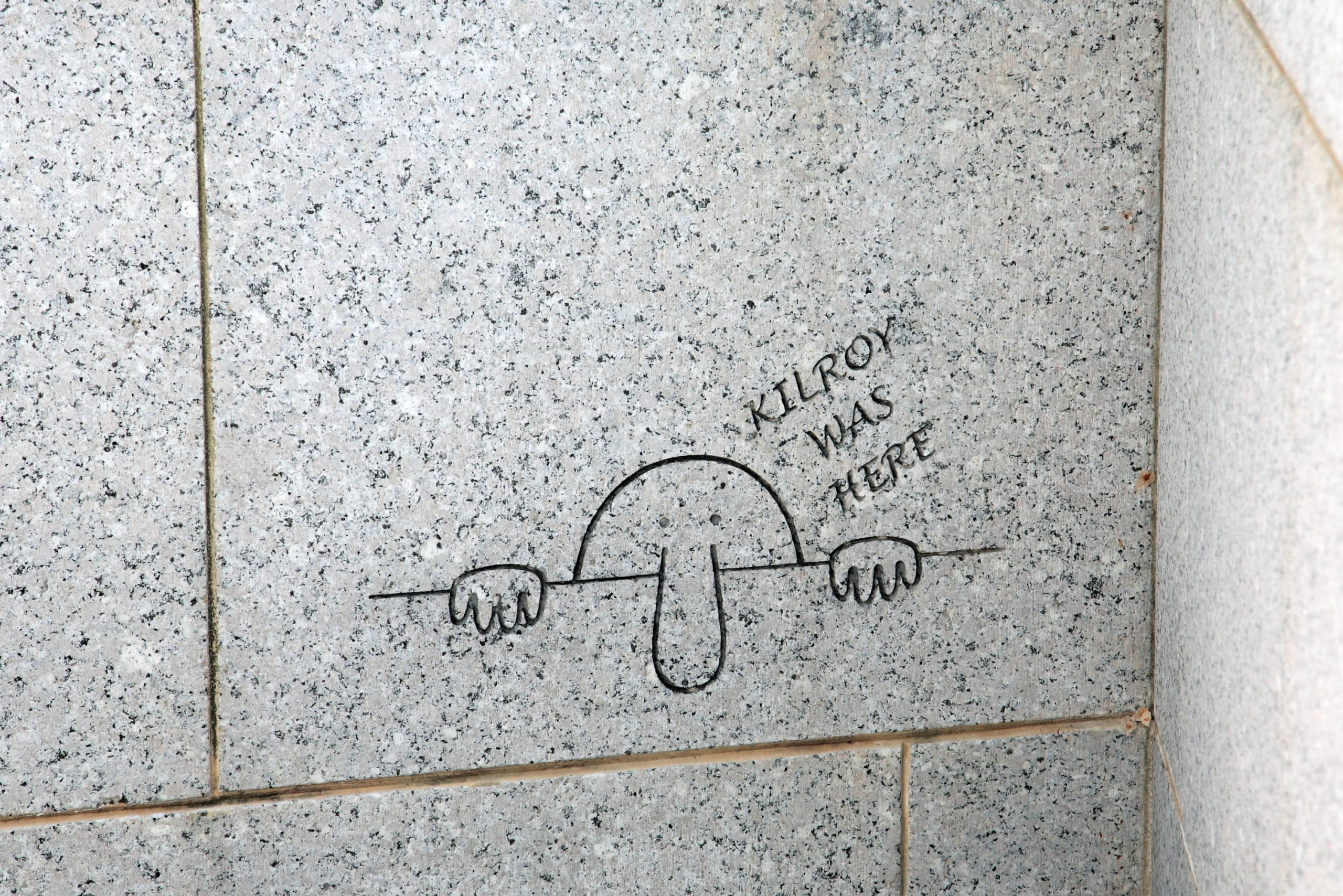
Wherever American GIs went during World War II, KILROY WAS HERE graffiti followed—the bald man with a long nose was tagged on many a surface. Fittingly, the tradition was incorporated into the World War II Memorial. Walk behind the memorial, Miller says, and you’ll find KILROY WAS HERE engravings—one each on the Atlantic and Pacific sides. 1750 Independence Ave., SW.
5. George Mason Memorial
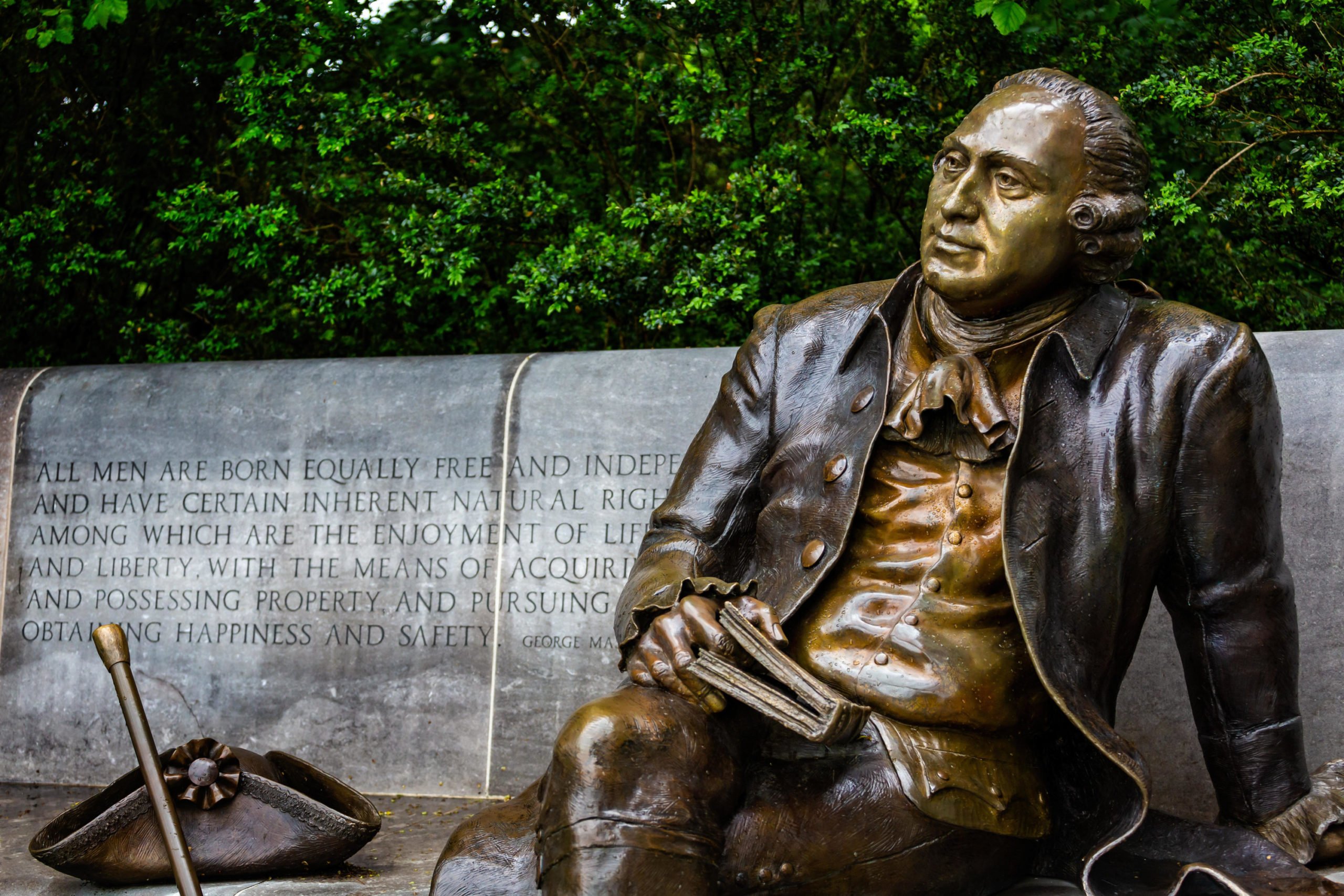
“Not a lot of people know about him,” Miller says of Mason, a Founding Father, “despite his being the father of the Virginia Declaration of Rights, which many think was the basis for the Declaration of Independence.” East Potomac Park.
6. Mary McLeod Bethune Memorial
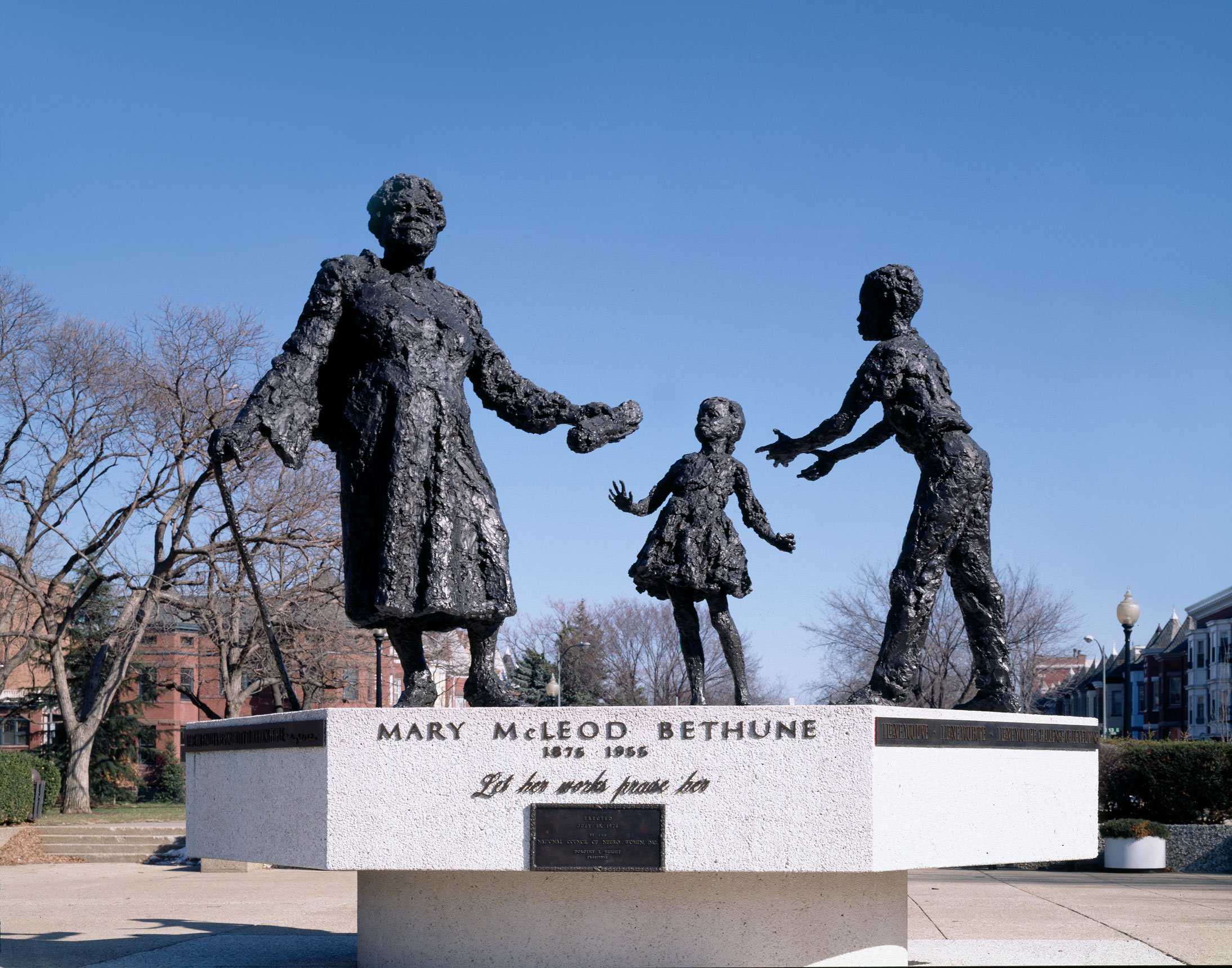
This bronze statue in DC’s Lincoln Park salutes the founder of the National Council of Negro Women. Artist Robert Berks also sculpted the Albert Einstein Memorial on Constitution Avenue and the JFK bust at the Kennedy Center. “There are so few statues of women in our city,” says Miller. “It’s lovely that it’s next to a playground and not tucked away in some forgotten spot.” E. Capitol and 11th sts, NE.
7 . Original Patentees of District of Columbia Memorial
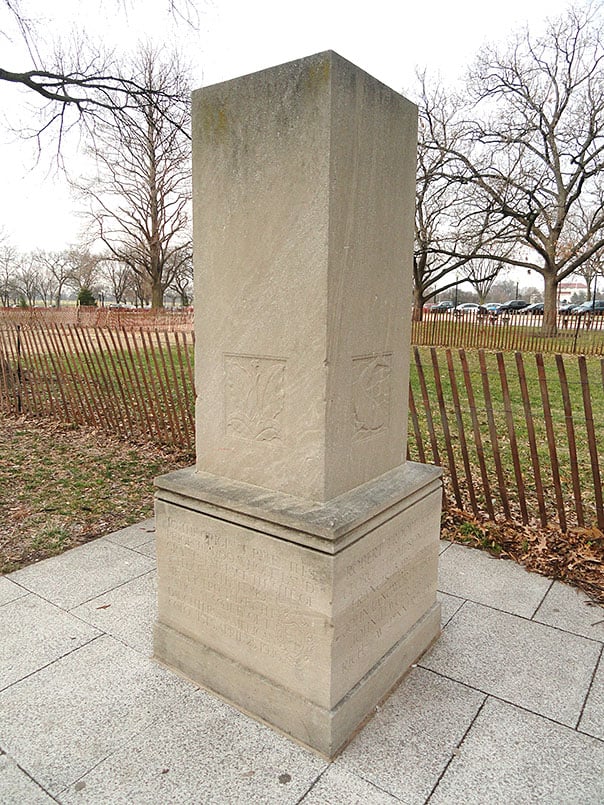
A small granite marker, often hemmed between food trucks and the Ellipse, names the 18 patentees prior to 1700 whose land formed the capital. Tobacco, wild-turkey, corn, and fish symbols recall their agricultural pursuits on the land. 15th St. and Pennsylvania Ave., NW.
8. Japanese American Memorial to Patriotism During World War II
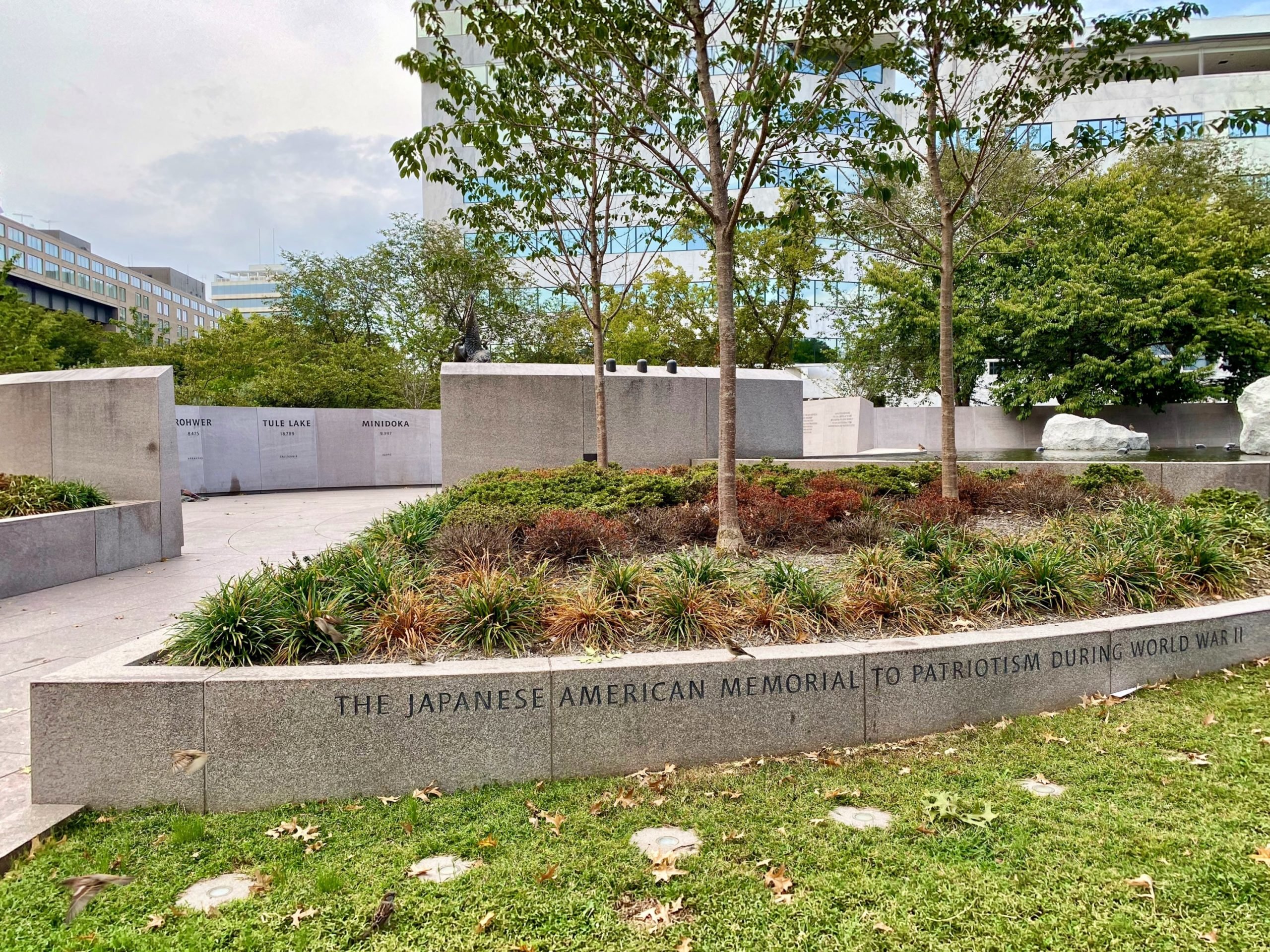
A granite wall honors the 120,000 Japanese Americans interned during World War II. Bronze cranes in barbed wire symbolize the struggle for freedom. Louisiana Ave. and D St., NW.
9. Zero Milestone
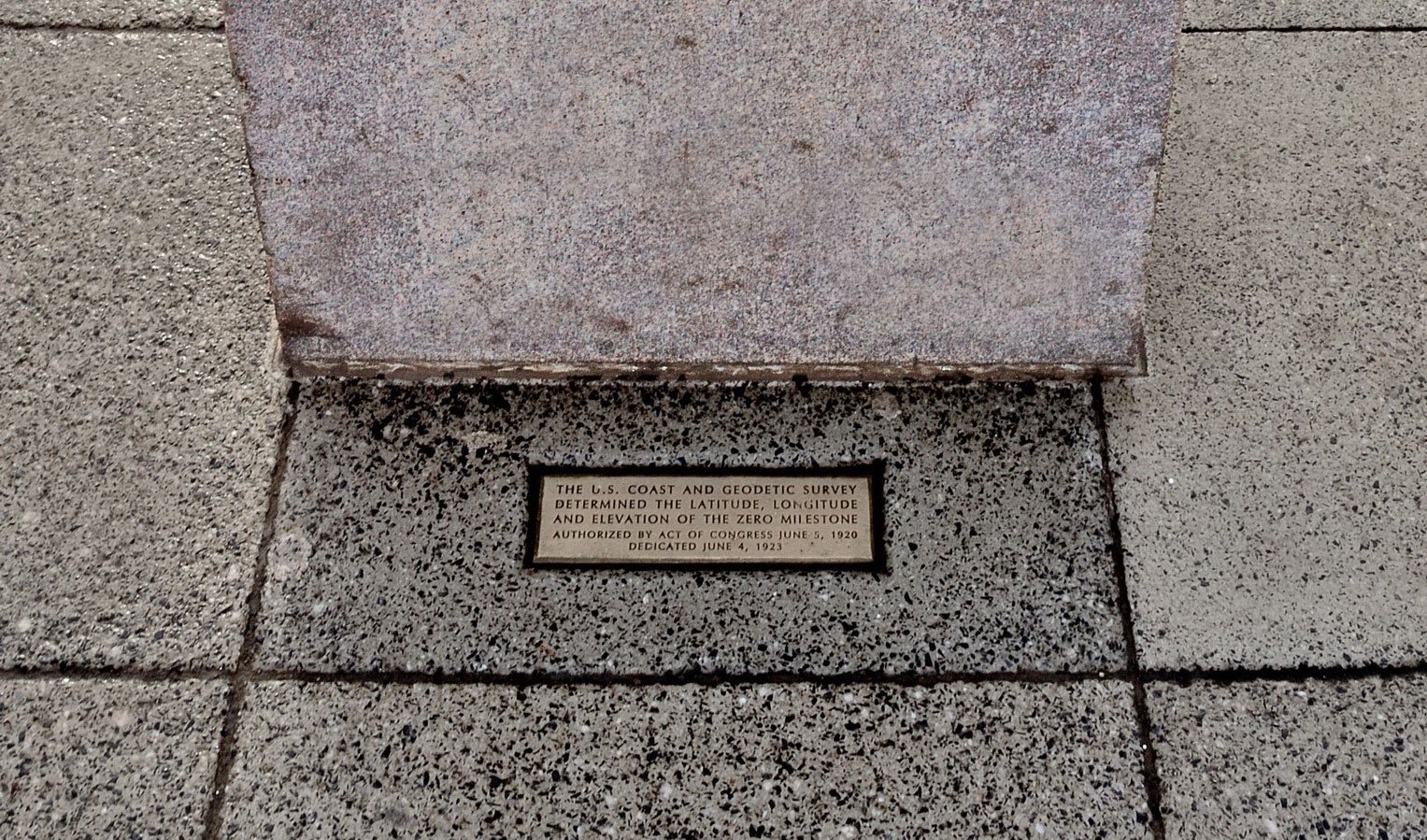
The Good Roads Movement conceived this stone marker with a bronze compass, dedicated in 1923, with the idea that every US and Western Hemisphere highway should have a beginning point, à la Rome’s Golden Milestone. It never caught on, but all distances in and around DC are measured from here. E St. between 15th and 17th sts., NW.
10. Godey Lime Kilns
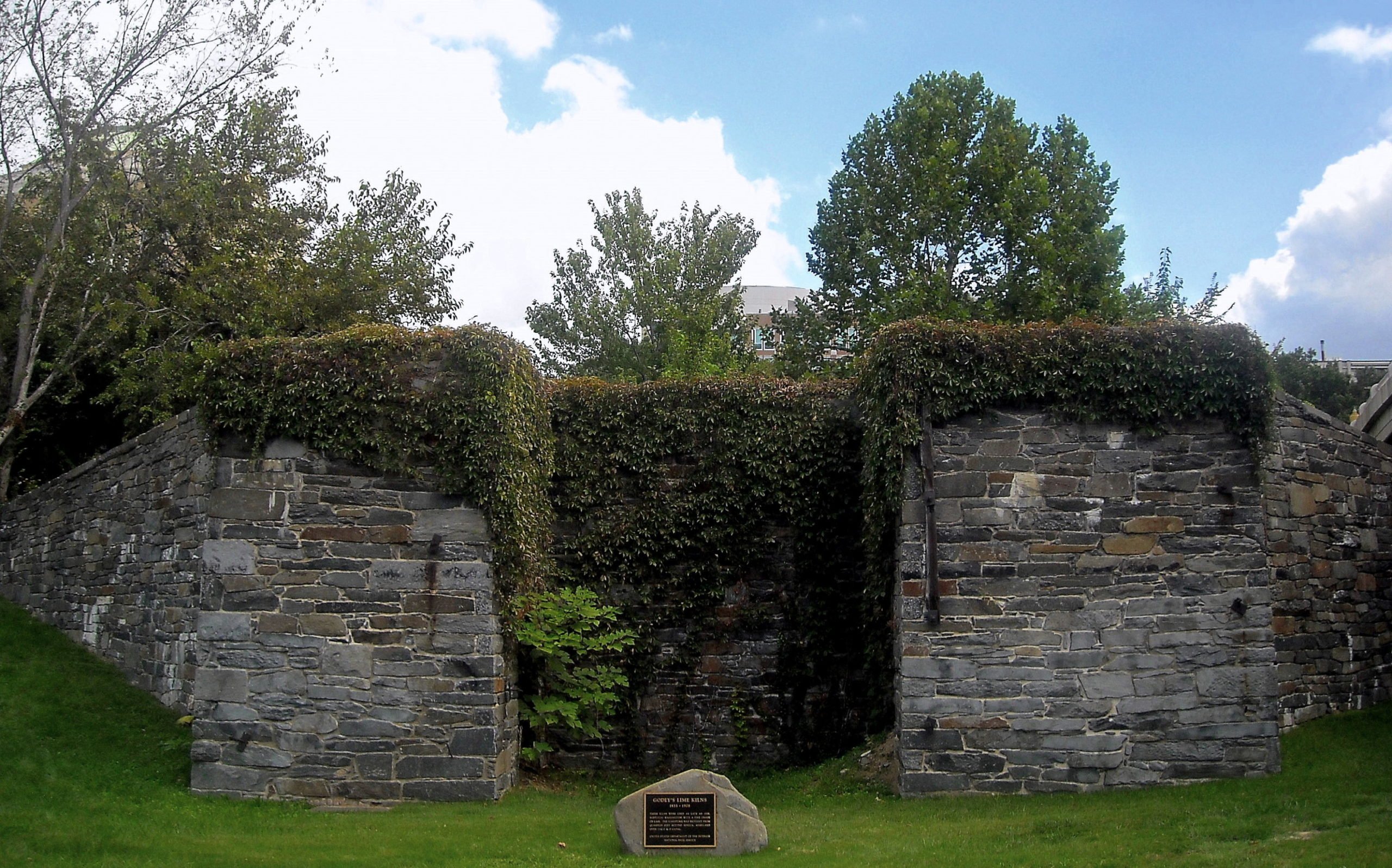
Lime production was big business in Georgetown until 1907—used as mortar in the construction of the city and supplied by vessels transporting limestone down the C&O Canal. These two remaining kilns in Foggy Bottom were saved in the name of historic preservation. Rock Creek Parkway at Whitehurst Freeway.

